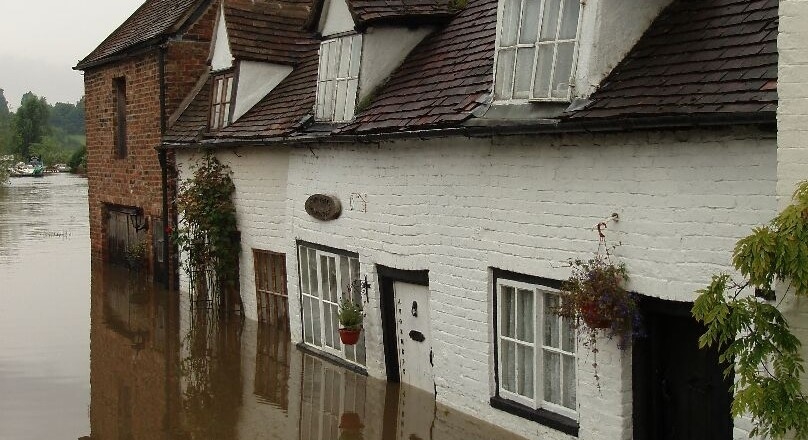Understanding the various types of flooding is critical in establishing the implications for your building.
Pluvial, or surface water, flooding, is usually the result of torrential rain and can happen during any heavy downpour event and often overwhelm drainage systems. Surface water flooding can be difficult to predict, much more so than river or sea flooding as it is hard to forecast exactly where or how much rain will fall in any storm or incidence of heavy pour. Ground Water Flooding occurs when the water table emerges above ground level, including permeating through floors. It can happen gradually, after periods of prolonged or heavy rainfall, and can last for a long time causing extensive damage.
Fluvial (River) Flooding is normally the result of continuous rainfall causing river levels to rise. The way rivers cope with additional water depends on their capacity and access to a flood plain. Changes to flood plains can reduce flood storage capacity which potentially creates flooding further down river where it had not previously occurred.
Coastal Flooding is caused by a combination of high tides and waves. A build-up of low atmospheric pressure can coincide with high tides and lead to a tidal surge that result in flooding of coastal towns and extreme forces being exerted on buildings and structures.
Compound Flooding involves more than one type of flooding happening in the same area, for instance where river flooding and coastal flooding meet.
You can establish the risk of flooding by using the Government website Find location - Flood map for planning
Understanding flooding is an excerpt from The Climate Crisis: water and historic buildings by Morwenna Slade, Director of Climate Change at Ingleton Wood LLP and SPAB Trustee. To be published in SPAB Winter 2024 Magazine.
If you’re not yet a SPAB member, why not join today and you’ll receive your SPAB Magazine four times a year and have access to our digital library of back issues.


